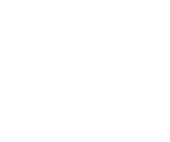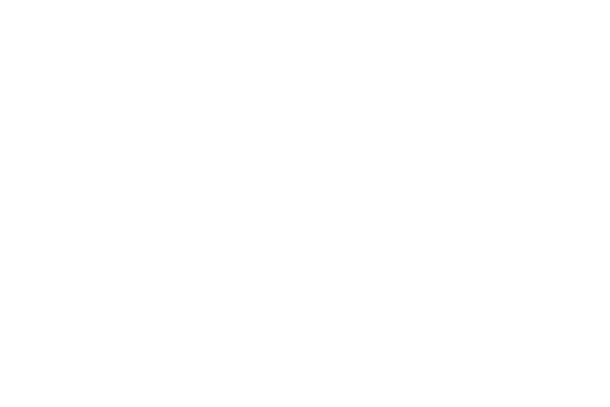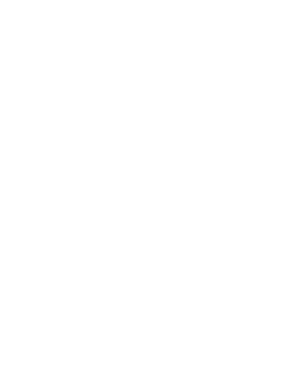 |
 |
 |

|
Crown. Leather, woven bamboo, lacquer and semiprecious stones. c. 1380. Shandong Museum, excavated from the tomb of Zhu Tan (1370–1389), Prince Huang of Lu at Yanzhou, Shandong province. Image courtesy of Shandong Museum
|
|
 |
BRITISH MUSEUM
Ming: 50 years that changed China
18/9/2014-4/1/2015
In September 2014 the British Museum stages a major exhibition in the new Sainsbury Exhibitions Gallery on a golden age in China’s history. The exhibition will explore the years 1400 – 1450, a pivotal 50 year period that transformed China during the rule of the Ming dynasty. In this period the capital is established in Beijing and the borders of China are fixed as they are today. Bureaucrats replace military leaders in the hierarchy of power, the emperor’s role changes from autocrat to icon, and the decision is taken to centralise, rather than devolve, power.
|

|
Posted 30 September 2014
|
Share this:
|
|
The exhibition will include rare loans of some of the finest objects ever made in China, shedding light on this important part of world history that is little known in Europe. China’s internal transformation and connections with the rest of the world led to a flourishing of creativity from what was, at the time, the only global superpower.
|
|
|
|
|
|
|

Shandong robe: Ming prince’s ‘dragon robe’. Silk, c. 1389. Excavated from the tomb of Zhu Tan (1370-1389), Prince Huang of Lu at Yanzhou, Shandong province. © Shandong Museum
|
|
|
|
|
|
This period for China was a time of extraordinary engagement with the world and of fascinating cultural diversity. The explorer Zheng He pioneered China’s maritime history, sending treasure ships to South East Asia, the Middle East, and Africa. China enjoyed a period of unprecedented global contacts from Kyoto to Mogadishu, through trade and diplomacy evidenced through gifts of gold, silver, paintings, porcelains, weapons, costume and furniture.
|

|

|

|

Portrait of Yang Hong (1381-1451). Ming dynasty, Jingtai reign, ca. 1451. Ink and color on silk. H x W (painting): 220.8 x 127.5 cm (86 15/16 x 50 3/16 in)
Credit line: Arthur M. Sackler Gallery, Smithsonian Institution, Washington, D.C.: Purchase--Smithsonian Collections Acquisition Program, and partial gift of Richard G. Pritzlaff, S1991.77
|
|
This is the first exhibition to explore the great social and cultural changes in China that established Beijing as a capital city and the building of the Forbidden City - still the national emblem on coins and military uniforms today. As well as the imperial courts, the exhibition will focus on finds from three regional princely tombs: in Sichuan, Shandong and Hubei covering East, Southwest and Central China. Four emperors ruled China in this period. The exhibition will include the sword of the Yongle Emperor, “the Warrior”; the handwriting of the Hongxi emperor, “the bureaucrat”; the paintings of the Xuande emperor, “the aesthete”; and the portraits of the regents who ruled while the Zhengtong emperor was a boy. There will also be costumes of the princes, their gold and jewellery, and furniture. The exhibition covers court life, the military, culture, beliefs, trade and diplomacy.
|
|
|
|
|
|
The exhibition covers a period when there was unprecedented contact with the world beyond the Ming Empire, through embassies, an assertive military policy, and court-sponsored maritime expeditions. Early Ming imperial courts enjoyed an unparalleled range of contacts with other Asian rulers: the Timurids in Iran and Central Asia; the Ashikaga in Japan and Joseon Korea. Contacts extended to Bengal, Sri Lanka, Africa, and even to Mecca at the heart of the Islamic world. The exhibition aims to replace older histories of China that over-emphasise contact with Europe after 1500 by highlighting complex and longer-lasting intra-Asian connections that played a key role in the formation of the Chinese state, society and culture. At the same time, the exhibition will explore the diversity within the Ming Empire itself, and the idea that it is multiple courts, and not one single, monolithic, imperial court, that are important in this period. Here, the recent spectacular gains of archaeology, in revealing the culture of the regional princely courts of the early Ming, enable art and material culture to significantly alter our view of the period.
|
|
|
The exhibition is part of a wider research project in association with the Arts and Humanities Research Council (AHRC) which seeks to provide a new perspective on a period of crucial importance to China and the wider world, a history that for the first time fully integrates the evidence of material culture with the enormous textual record. The early Ming period defines contemporary Chinese conceptions of their own history, and China’s relations to the rest of the world.
Neil MacGregor, Director of the British Museum said "the political, social and cultural changes to China during the first half of the 15th century make this a remarkable story which is only now being fully understood. New discoveries and research have led to a new perspective on this significant period that moves away from a Euro-centric view of China’s history. Temporary exhibitions of this nature are only possible thanks to external support so I am hugely grateful to BP for their longstanding and on-going commitment to the British Museum."
"BP is extremely pleased to support Ming: 50 years that changed China, the second BP exhibition of the new five year partnership with the British Museum. BP has had operations in China for more than 30 years and our activities there are a vital component of BP’s global portfolio. Our support for this exhibition is part of BP’s wider contribution to UK life, enabling people to connect through cultural activities. We are delighted to help bring this major exhibition to the British Museum." Peter J Mather, Group Regional Vice President, Europe and Head of Country, UK, BP.
|
|
|
|
|
|
|


